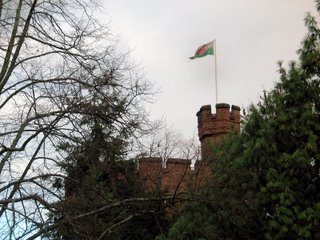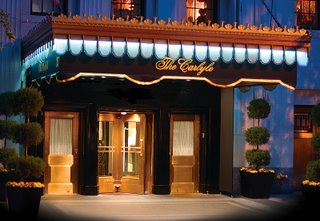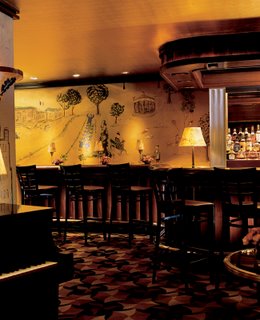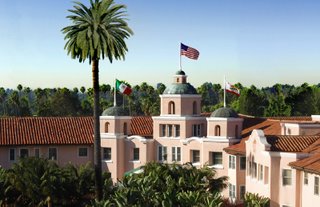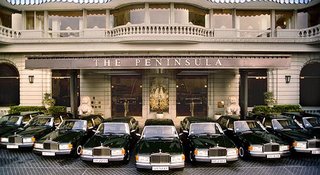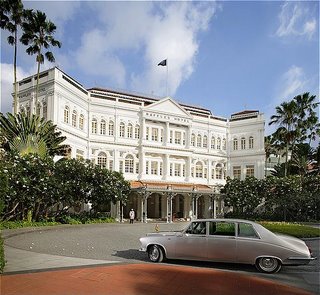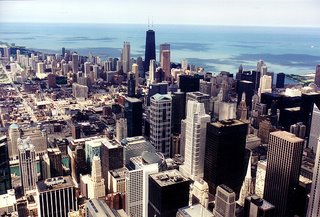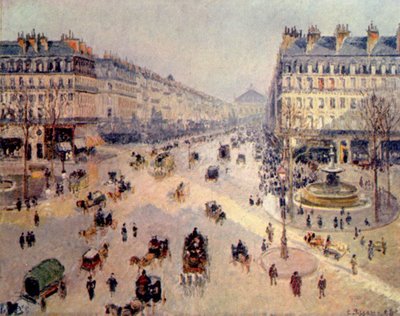 One of Pissarro's paintings of the Avenue de l'Opera completed in 1898.
One of Pissarro's paintings of the Avenue de l'Opera completed in 1898.Photo Credit: Wikimedia Commons
Camille Pissarro spent the first few months of 1898 at the Hôtel du Louvre in Paris. During that time, he produced a number of canvases sitting at the window of his room. Today, that room is the Pissarro Suite and goes for €1800 a night (a little less than $2300). It has a living area, a bedroom and two bathrooms -- all with large windows that overlook the scene that Pissarro painted. You can even enjoy the view from a deep marble tub.
 The view from the Pissarro Suite at The Hôtel du Louvre.
The view from the Pissarro Suite at The Hôtel du Louvre.Photo Credit: Concorde Hotels
The Hôtel du Louvre has one of the best locations in Paris for seeing all of the big tourist sites as it's sandwiched between the Louvre and the Palais Royale. Views from the upper floors take in virtually every monument in Paris and it is located right next to the Palais Royale - Musée du Louvre Métro Station. It's not the neighborhood for anything quaint or quirky, though. This is Baron Haussmann's Paris of the grands boulevards.
The hotel is a distinguished Second Empire building that's managed by the French Concorde group. The decor is indisputably traditional French, but with a contemporary twist, especially with fabric choices. Check out some of the pictures on their website and see what I mean. I have confidently recommended the Hôtel du Louvre for my clients who want a grand Parisian hotel at a level of luxury (and price) just below the true palace hotels like the Ritz, Meurice and Crillon.
 The facade of The Hôtel du Louvre facing the Place André Malraux.
The facade of The Hôtel du Louvre facing the Place André Malraux.Photo Credit: Concorde Hotels
If you're a art lover, it's hard to put a price on the special experience you can have in a place where an artist found their inspiration -- to see the light change through the day and night -- and have the place all to yourself. It's inspirational to me. I will write more in the coming weeks about more places where art happened.
Tweet






